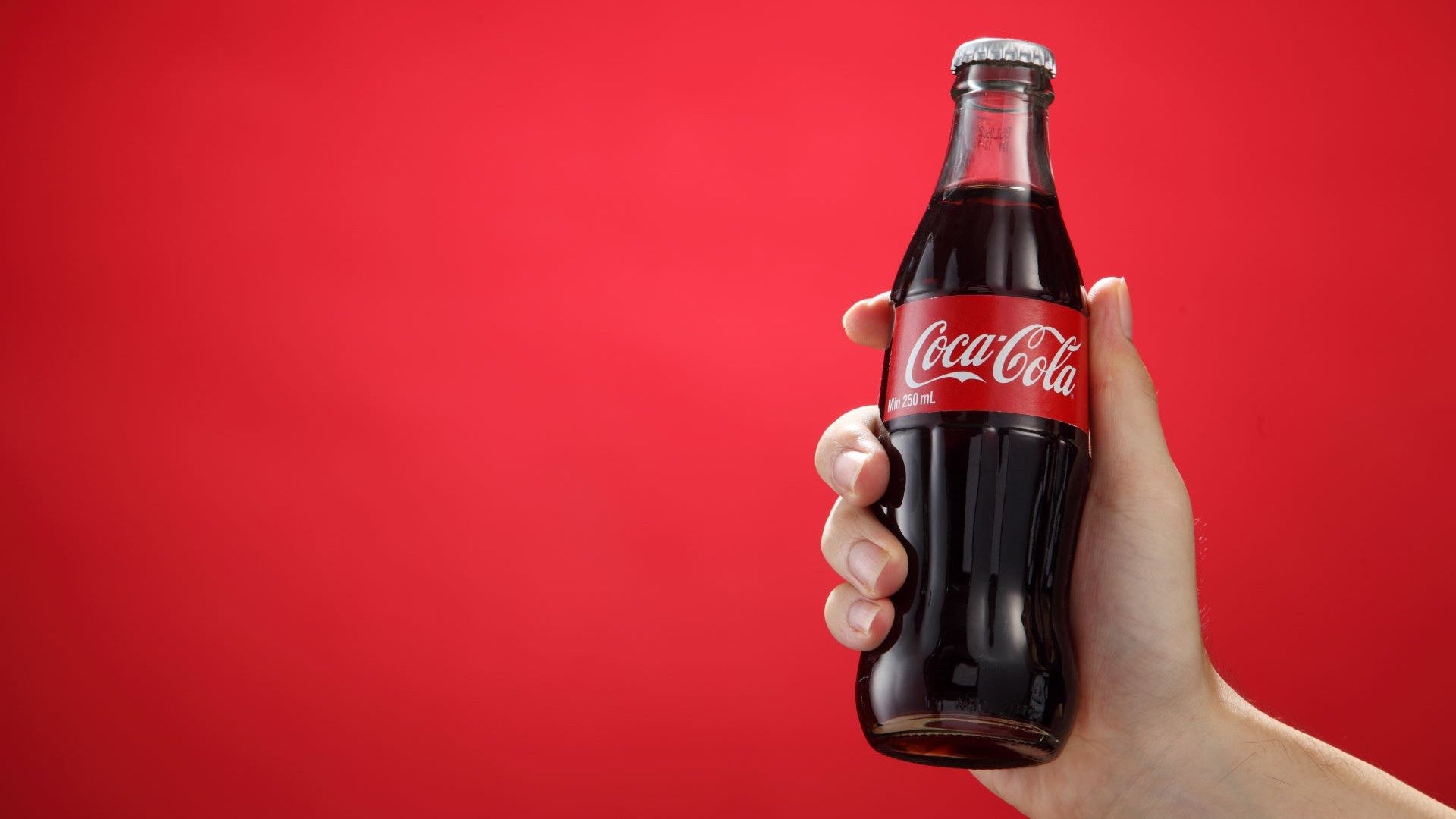
In the fast-paced world of consumer goods, packaging is not merely a protective layer but a vital and dynamic component influencing purchasing decisions. Beyond safeguarding products from the wear and tear of transportation, it serves as a recognisable identity, helping consumers make instant choices.
Let’s delve into the consumer dimension of packaging and explore its multifaceted functions.
The consumer dimension
Packaging is more than a mere wrapper; it’s a marketing powerhouse connecting producers and consumers. It acts as a cue and a source of information, not only driving initial purchases but fostering trust for repeat business.
The consumer’s journey begins with the visual impact of packaging on the shelf. It’s a silent yet powerful communicator, speaking volumes about the product within.
The recognisable image it creates becomes a symbol of reliability and quality, crucial for consumer confidence.
Functions of packaging
The functions of packaging are twofold: logistics and marketing. On the logistical front, it shields products from transportation hazards, maintaining their freshness and extending shelf life.
This protective layer is essential for the physical well-being of the goods during transit. The choice of packaging material plays a pivotal role here, ensuring products reach consumers in the best possible condition.
On the marketing side, packaging goes beyond aesthetics. It communicates with consumers, influencing perceptions, evaluations, and attention at the point of sale.
The material and design choices in packaging also cater to consumer convenience, affecting storage, hygiene, and safety. Let’s explore the multifaceted functions of packaging in more detail.
Protecting and preserving Goods
Packaging isn’t just about looks; its primary function is to shield products from the rigors of transportation. It acts as a physical barrier, preventing damage from elements, vibrations, and compression during handling.
Moreover, it ensures the freshness of perishable items, enhancing the overall lifespan of products. Consider the journey of a delicate fruit from the orchard to your kitchen—the packaging is the unsung hero ensuring it arrives intact and flavourful.
Convenience and consumer experience
Beyond protection, packaging adds convenience to consumers’ lives. From stackable shapes for easy storage to innovative designs for hassle-free consumption, packaging is tailored to meet logistical and consumer needs.
The choice of materials reflects these requirements, impacting how consumers interact with the product. For example, a resealable bag not only keeps snacks fresh but also enhances the overall user experience.
In practice, a wide variety of materials are used for packaging, with the choice of material reflecting logistical and consumer needs.
Packaging must strike a delicate balance, ensuring it enhances the consumer experience without becoming unwieldy. If it fails in this aspect, the consumer’s interaction with the product can turn negative.
Difficulty in opening, breakage, inconvenient storage, or shape mismatch with shelves can all contribute to a less-than-optimal consumer experience.
The marketing power of packaging
Packaging is the silent spokesperson for a brand, conveying messages about product attributes. Unlike other marketing elements, it’s the only component consumers take home after a purchase.
Its role extends beyond the transaction; it builds and reinforces brand values over time. However, packaging’s power isn’t one-sided—it can either strengthen or break brand relationships.
Consider the iconic Coca-Cola bottle—the contour shape is not just functional but has become a symbol of the brand. Packaging, in this context, becomes a tangible representation of brand identity, creating a lasting impression on consumers.
It’s the first and last touchpoint in the consumer journey, making it a critical element in the brand-consumer relationship.
In conclusion, packaging isn’t just about covering a product; it’s a dynamic tool shaping consumer choices and building brand loyalty. Understanding its multifaceted functions is key to navigating the intricate relationship between producers and consumers.
As we witness innovations in sustainable packaging and the evolving landscape of consumer preferences, the role of packaging in shaping the consumer experience continues to be a fascinating journey.




